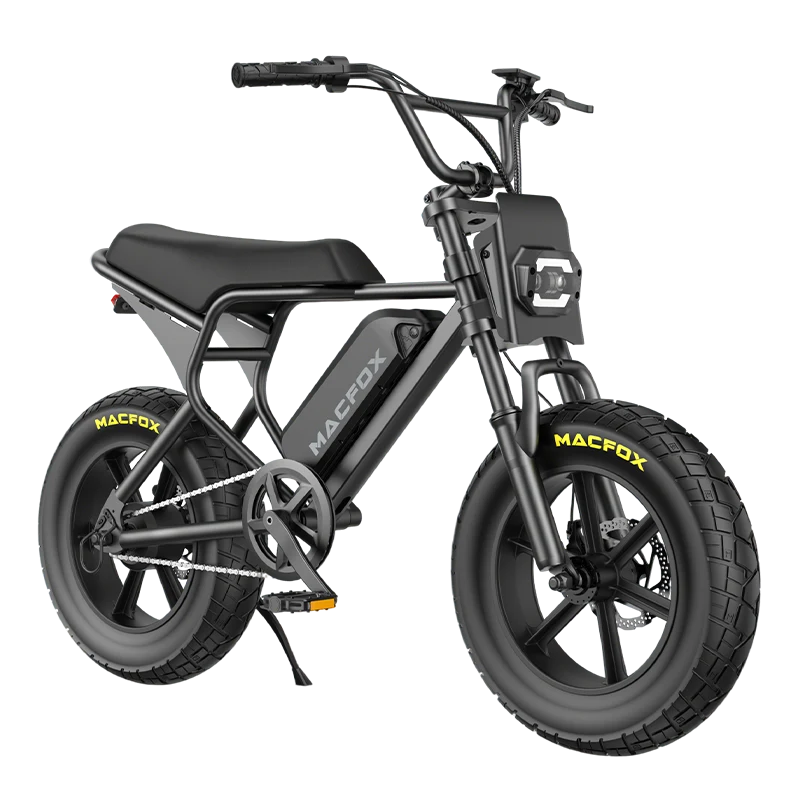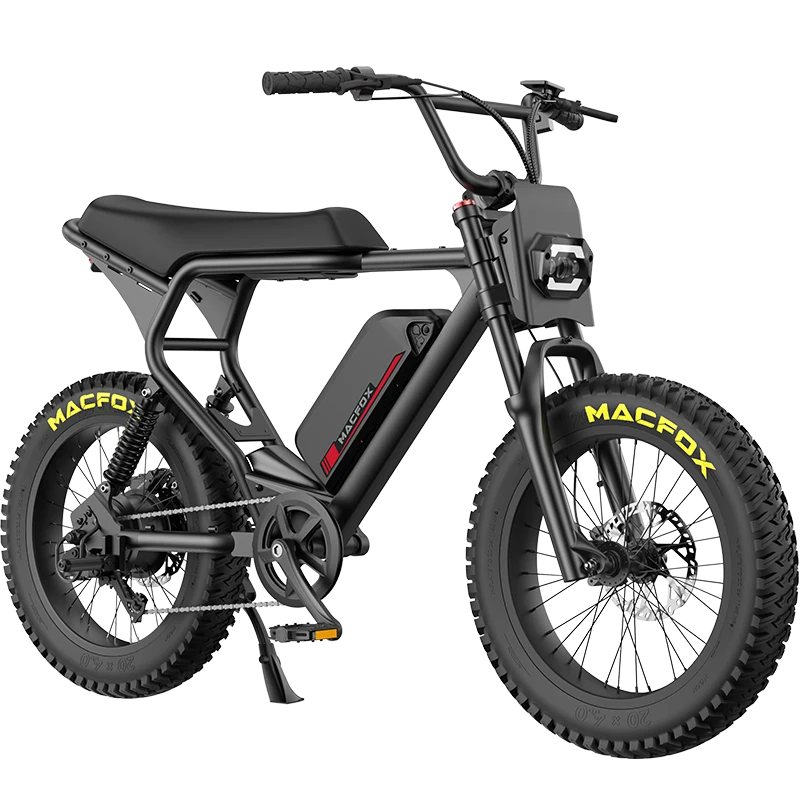Every athlete knows that the secret to great performance is not starting at the beginning of the main event, but starting in the critical moments before the game. For anyone getting ready to ride an ebike, this means warming up. A well-executed warm-up will not only ensure that you are ready physically, but also mentally for the journey ahead. Let’s take a closer look at the must-do warm-up exercises that will hopefully make your ride smoother.
Dynamic Leg Swings
Dynamic leg swings are not just about swinging your legs; they represent a comprehensive warm-up strategy. When you position yourself adjacent to a wall or any firm object, you're not just seeking balance but also creating a controlled environment for the leg muscles to activate.
Initiate the process by swinging one leg forward and then backward. This rhythmic, controlled motion should be repeated 15-20 times. By doing so, you're effectively waking up your hip flexors and glutes. Additionally, there's a subtle improvement in the flexibility of your hamstring and quad muscles. By the time you're done, these muscles are not only warmed up but are also more responsive and agile, ready to aid in your cycling journey.

High Knees
High knees might look simple, but the benefits they offer are multifaceted. Starting in an upright position with feet placed at hip-width, begin by lifting one knee and then swiftly alternating with the other, replicating a running stance. This exercise isn't just about elevating your heart rate; it's an orchestration of multiple muscle groups.
The dynamic movement targets your hip flexors and quads. As you pace up, the heart rate escalates, blood circulation improves, and in no time, your body is operating at an optimal temperature, ready for the main activity.
The Crucial Quad Stretch
While many underestimate the power of a simple stretch, the quad stretch is fundamental to a cyclist. As you stand straight and grasp your right ankle, pulling it behind, there's more happening than meets the eye. Those 15-20 seconds of holding are moments where your quadriceps experience relaxation and elongation. Such preparation ensures that the risk of strains is minimized, making your cycling experience smooth.
Standing Hip Circles
Hips play a pivotal role in cycling. The standing hip circles not only bolster hip mobility but also reinforce the joint's strength. When you stand and perform circular motions with your lifted knee, you are enhancing your pedaling motion.
Each set, consisting of 10 clockwise and 10 counter-clockwise rotations, serves to limber up the joint, making it resilient to the rigorous demands of cycling.
Related Reading: Dangerous Terrain for Cyclists
Arm Circles
Many people assume cycling is purely a lower-body activity. However, the upper body, especially the arms and shoulders, plays a crucial role in maintaining balance and posture. Arm circles are an exceptional exercise to prepare this area. Starting with your arms extended to your sides, engage in small, controlled circular motions. Over the next 30 seconds, slowly increase the diameter of the circles before switching the direction.
Every rotation serves a dual purpose. First, it activates the shoulder muscles, preparing them for the ride. Second, it provides a gentle stretch to the surrounding muscles, increasing their range of motion. This is especially beneficial when you need to remain in a forward-leaning position over the handlebars for extended periods.
Spinal Rotations
While the legs do the pedaling, the spine and core provide stability. For a smooth ride, it's imperative to ensure your back and core are adequately warmed up and flexible. Spinal rotations are an effective way to achieve this. Stand with feet shoulder-width apart, then rotate your upper body from side to side, ensuring your hips remain stable.
Each twist offers a gentle massage to the spinal discs while stretching the surrounding muscles. Over ten repetitions on each side, you'll notice improved flexibility in the spine. This is instrumental in preventing stiffness, especially during long rides.
Ankle Rotations
Your ankles play a silent yet crucial role in cycling. Every time you pedal, the ankles facilitate the transfer of power from your legs to the bike. Ankle rotations are simple yet highly effective. By lifting one foot and rotating the ankle in both directions, you're increasing its flexibility and ensuring smoother pedaling motions.
After 10 rotations in each direction for both ankles, they'll be better prepared to support the cyclic motion of pedaling, reducing the chances of strains or discomfort.
Glute Bridges
Behind every powerful pedal stroke, there's a set of well-prepped glutes. Lying on your back, with knees bent and feet flat, lift your hips towards the ceiling. This motion, apart from strengthening the glutes, also engages the lower back and hamstrings.
After 15-20 repetitions, your posterior chain – the muscles running from your lower back to your heels – will be activated and ready to deliver a powerful performance.

Conclusion
Riding a bike without proper preparation is like diving into deep waters without a brief swim in the shallow end. While cycling is the main act, warming up ensures you can perform at your best. The detailed exercises above, when performed meticulously, promise a ride that's not just smooth but also injury-free.
FAQs
Q1: Why is warming up so crucial before cycling?
Warming up prepares the body by increasing the blood flow, ensuring muscles are flexible, responsive, and less prone to injuries during the intense physical activity of cycling.
Q2: Can I mix static and dynamic stretches in my warm-up?
While both have their merits, it's recommended to prioritize dynamic stretches before cycling, as they better prepare the muscles for the activity ahead.
Q3: Should I hydrate during my warm-up?
Yes, staying hydrated is essential. Drink small sips of water during the warm-up to ensure you're well-hydrated before starting your ride.


















